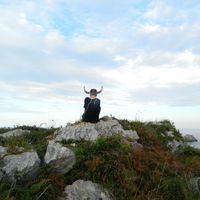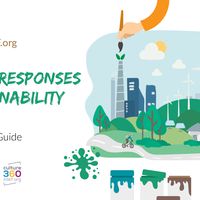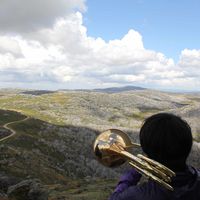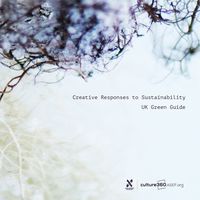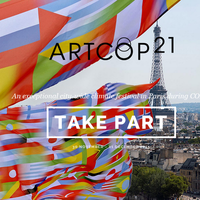A growing concern of art and sustainability in Spain
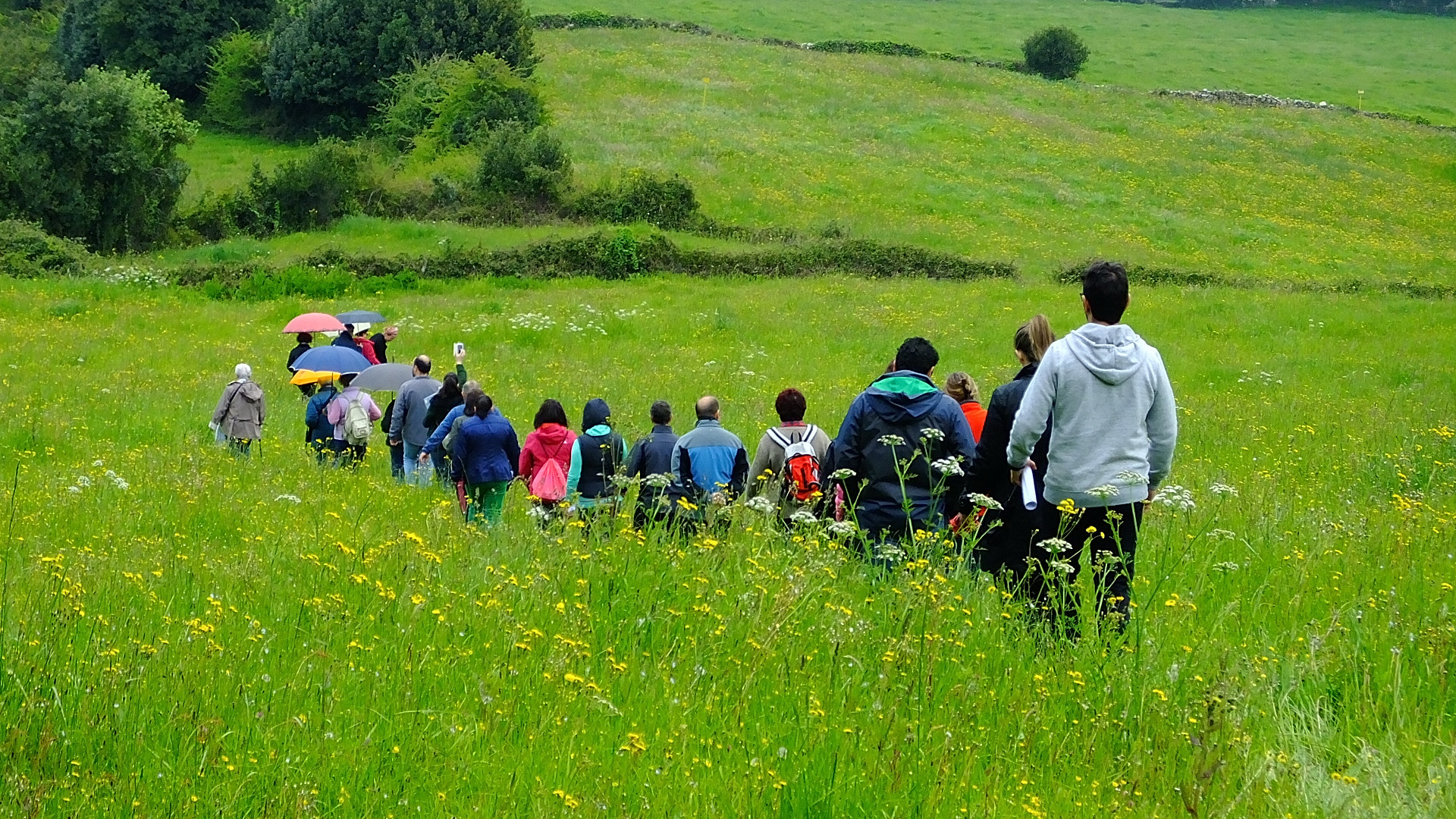
Over the last 5 to 10 years there has been an increase in the number of projects and exhibitions examining art and sustainability in Spain, facilitating increasing discussions across a range of publics. However, this change to a more sustainable approach and way of thinking doesn’t happen overnight. As academic in the Fine Arts degree at the Complutense University of Madrid Jose Maria Parreño observes,
'This attitude that what isn’t yours doesn’t matter is something that has existed for a long time. And this change to say what is not yours belongs to everyone is something that is being worked on now.’
Last month, ASEF’s arts and culture platform culture360.ASEF.org published a guide on Creative Responses to Sustainability in Spain, the 6th in a series. The publication lists 25 organisations and initiatives that explore the nexus between art and sustainability as a core part of their work. This article takes a closer look at some of the organisations that are exploring key themes in art and sustainability in Spain.
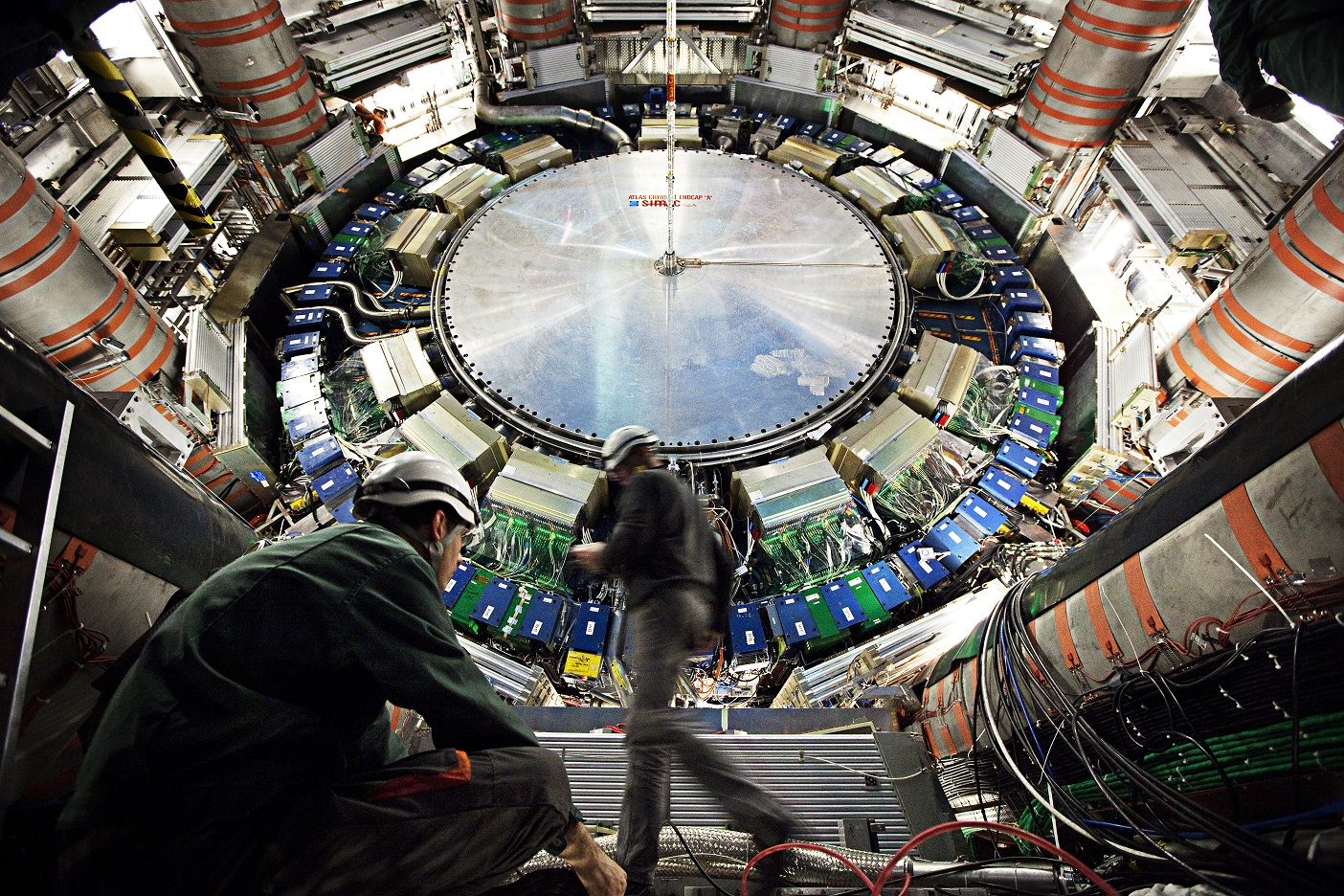
Creative engagements with contemporary challenges
The Centre de Cultura Contemporània de Barcelona (CCCB) has a stream of exhibitions and public talks dedicated to sustainability and new approaches to contemporary challenges of society. The CCCB approaches this in direct ways, such as with their exhibition After the End of the World. The exhibition explored how the earth would be irreversibly transformed into the Anthropocene planet, suggesting creative hypothesis of how our lives could change as the planet warms. It was a multi-disciplinary exhibition in which ‘artists, philosophers, heaps of sand, novelists, sea creatures, playwrights, plants, architects, objects, speculative designers and scientists have worked together to imagine situations, to tell stories and to devise strategies for survival and peaceful cohabitation in the world to come.’ The 8 immersive installations encouraged interaction from the public, and expanded outside of the gallery space, to a City Station that served as a base for experimentation and participatory action in the public space of the city of Barcelona.
This is not the only time CCCB has explored this space of art and sustainability. More recently they produced the exhibition Quantum that explored principles of Quantum physics through the joint creative work of scientists and artists. Through evoking curiosity in the audience, the 10 artistic projects aimed to show how the impact of quantum physics goes beyond the realm of science and impacts our everyday lives. The exhibition combined the artistic interpretation with introductions to laboratory research work that explored theories of physics. The exhibition was part of an international project that was developed in collaboration with Collide International, the flagship programme of Arts at CERN, and FACT Liverpool and was coproduced by ScANNER (Science and Art Network for New Exhibitions and Research), CERN (European Organisation for Nuclear Research, Geneva), FACT (Foundation for Art and Creative Technology, Liverpool), CCCB (Centre de Cultura Contemporània de Barcelona), IMAL (Interactive Media Arts Laboratory, Brussels) and Le Lieu Unique (Nantes).
In addition to exhibitions that explore the nature of our changing world, CCCB also produces events related to these themes and hosts the Cultural Innovation International Prize that functions as a new space for creation, production and diffusion of projects concerned with developing imaginative solutions for the cultural challenges of the 21st century. The 2016 to 2017 edition of the prize focused specifically at the challenge of climate change. As a result of this on-going programming, the CCCB has developed a solid body of resources on art and sustainability, gathering together key artists and concepts that can now serve as a reference point for other cultural organisations in Spain working in the sector.
There are several other organisations worth mentioning for their rigorous programming in this area, such as LABoral Centro de Arte y Creación Industrial (Art and Industrial Creation Centre) in Asturias, a multidisciplinary institution, which produces, disseminates and fosters access to new forms of culture rooted in the creative use of information and communication technologies (ICT's) and El Centro de Recursos Medio Ambientales de Cristina Enea in the Basque Country that aims to promote a shift towards global sustainability from the field of education and local awareness. Both of the organisations have a regular programme of exhibitions that explore issues of sustainability from local and global perspectives.

Reinterpretation of traditional cultural narratives
Engagement with the contemporary issues of sustainability can be seen across a range of art organisations, even those with more traditional collections. One such example is the Thyssen-Bornemisza Museum, which has developed a special tour of their collection based around art and sustainability. Based in Madrid and housing a large collection of art from the 13th to the 20th centuries, the museum was originally a private collection that became a public institution in 1993. Their Art and Sustainability programme is delivered in partnership with ACCIONA, a company focused on renewable energy, infrastructure, water and services. The programme directs visitors to certain works in the museum’s permanent collections that demonstrate, from an aesthetic perspective, the relationship between art and the three pillars of sustainable development: the environment, society and the economy. As the museum explains, ‘The selected works relate art and sustainable development to ecology, economy and society, using great masterpieces from the history of art as a base from which to explore the historical relationships between cultural production, society and environment.’
This is not the only example of the ways cultural institutions are re-thinking the role of historical collections in the context of contemporary challenges. One such example is El Museu de la Vida Rural (Museum of Rural Life) managed by Fundació Carulla, based in Catalonia. It was founded in 2012 to ‘present and preserve the past of the Mediterranean rural world and to spread its cultural legacy’. But along with displays of tools and machinery that were once used, there are also contemporary art exhibitions. Recently the museum held an exhibition called Plastic, which, through visual art, aimed to generate reflection and debate about the contemporary issue of the types of material we use in our daily lives. La Ponte Ecomuseo in Asturias is another example of a museum that aims to promote rural communities and their culture as well as exploring a wider understanding of the contemporary challenges of living and working in a rural context. The museum develops programmes based around education and civil participation, collaborating with a wide range of partners. Even though contemporary art is not necessarily a core function of many of these regional museums, there are several that collaborate on innovative projects as a way to understand contemporary environmental challenges.
Engaging with communities and the local environment
Connections to the local community, and the environmental challenges they face, have become increasingly important for many cultural organisations. PACA_ Proyectos Artisticos Casa Antonino, established as an artist run space in an old country farmhouse in the outskirts of Gijón, Spain, is one such organisation. PACA is a project focused on contemporary art, environmental practices and artistic education, with international artist residency programmes. The common thread running through the diverse artist residencies organised at PACA is the activation of artistic experiences that promote relations with the local community, the region and its history. Site-audience oriented projects are planned, so that the artistic practice, research and experimentation not only has a poetic and aesthetic value, but can also generate new ways of interpreting the territory, through cultural, social and environmental values. One example is the project Habitantes Paisajistas that uses the act of walking as a way to connect with the local environment. By including local residents, the project also connects with local knowledge in this intersecting space that merges nature, city peripheries and semi-industrial spaces.
In addition to organisations that develop strong community learning and participation programmes, there are others that endeavour to connect the specificities of their local environment to wider artistic communities. Joya: arte + ecología (Jewel: art + ecology) is one such example. An arts-led field research centre, Joya has a two-fold strategy of research-driven innovation: 1) the restoration and conservation of land, with the sustainable use of soil and rainwater; and 2) the incorporation of contemporary art practice as a means to express, interpret and disseminate the ideas created. Through the restoration of an abandoned landscape-integrated irrigation system, the project aims to demonstrate the value of traditional land use to provide both ecosystem resistance to global change and a sense of community attachment.
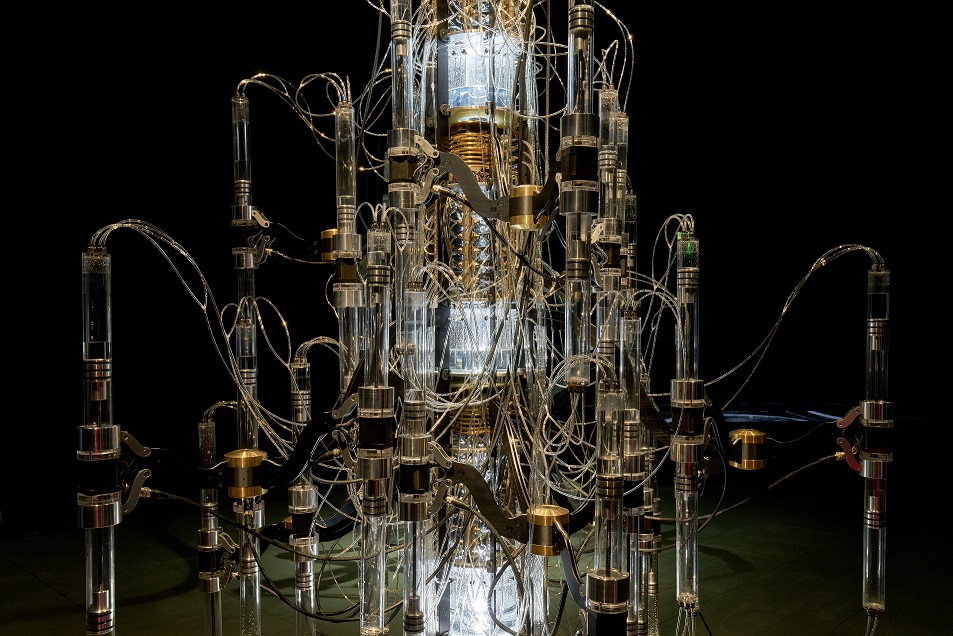
Other organisations approach living with the land in a distinct way, turning away from mass production or consumption in order to reflect upon more ecological ways of working with the land. This can be seen in initiatives such as Mutur Beltz, an agro ecological artistic and cultural association based in the Basque Country that promotes a rare breed of sheep as well as a traditional farming way of life. The Association combines an understanding of the resources used in rural areas (such as meat, milk and wool) with artistic expression. They are particularly interested in exploring the value of wool from these rare sheep as a primary resource through a contemporary creative practice. The organisation Arte Ventura, about 100 kilometres from Seville in southern Spain, is similarly interested in focusing on a slower pace of life in a rural context, where barter is a way of life.
These are just a few of the ways arts organisations are engaging with sustainability in Spain, incorporating novel approaches into their everyday programming.
To read more about the Spanish organisations working in sustainability and creative practice, download the Creative Responses to Sustainability Spain Guide.
Photo credits:
- CERN_Quàntica.jpg © 2011, CERN, Claudia Marcelloni
- Cascade_Quàntica.jpg Artist: Yunchul Kim, 2018 © Rob Battersby
- A State of Sin_Quàntica.jpg Artist: James Bridle, 2018 © Rob Battersby
To read more about organisations working in the nexus of sustainability and creative practice, download the Creative Responses to Sustainability guides, published by culture360.ASEF.org since 2015:
- Spain Green Guide (2019)
- Portugal Green Guide (2019)
- Australia Green Guide (2018)
- Indonesia Green Guide (2017)
- Korea Green Guide (2016)
- Singapore Green Guide (2015)
Claire Rosslyn Wilson is a freelance cultural writer, researcher and poet, living between Barcelona and Melbourne. She has particular interests in cultural diversity, experiences of place and creative expression for social change. She co-wrote ‘Freelancing in the Creative Industries’ (Oxford University Press, 2015) and has over ten years professional experience in the arts and resource development.
Similar content
30 Sep 2019
29 May 2019
21 Jan 2019
posted on
12 Nov 2015

